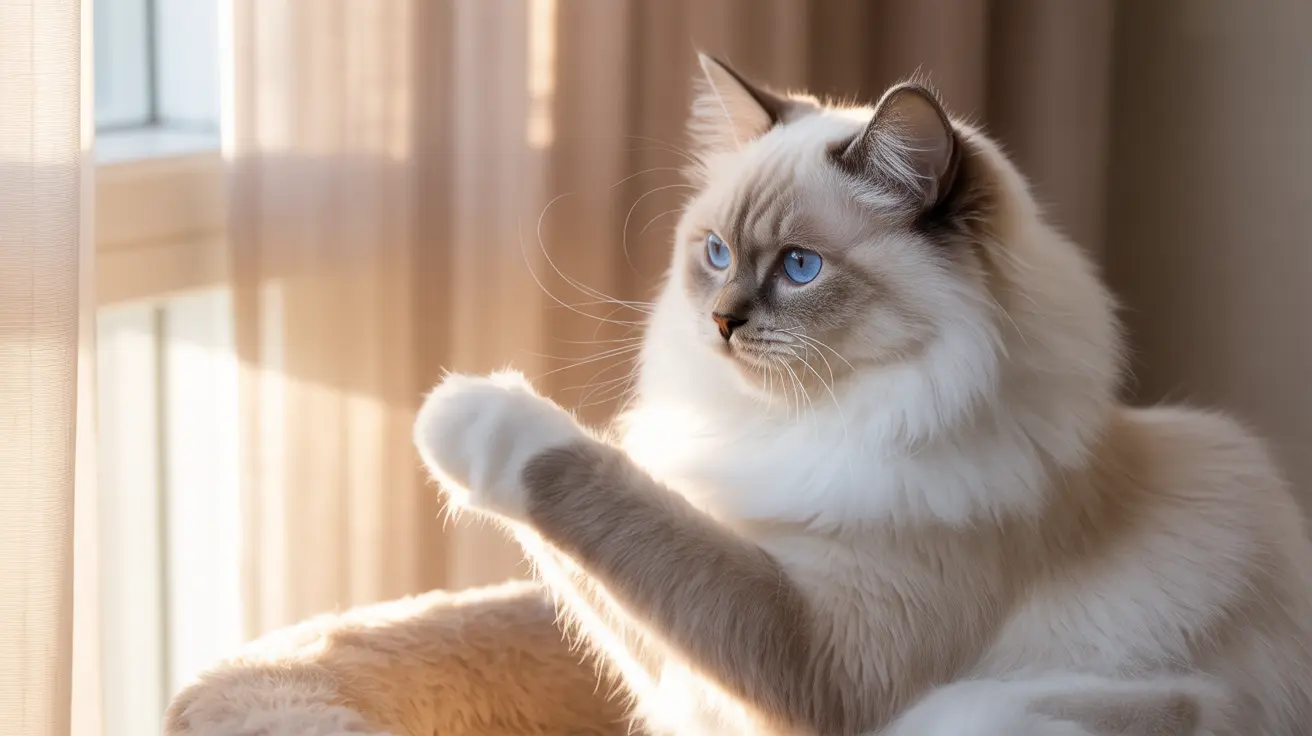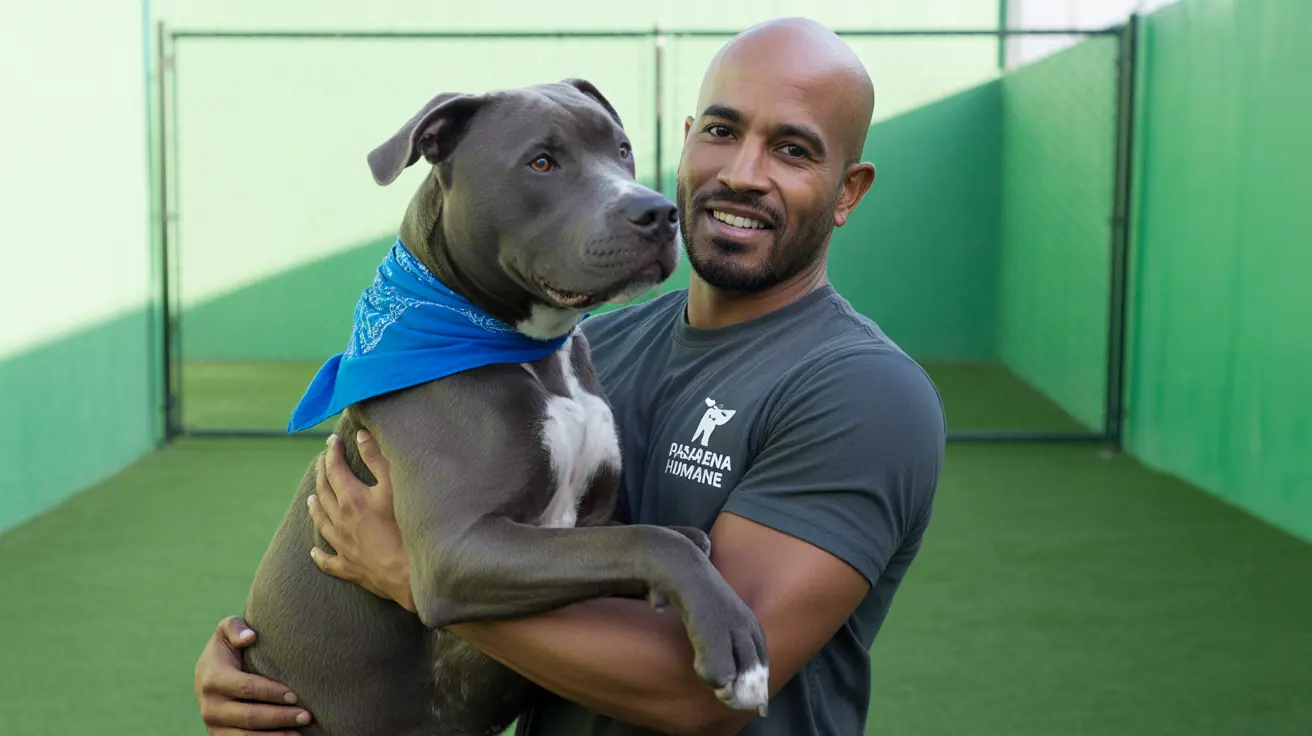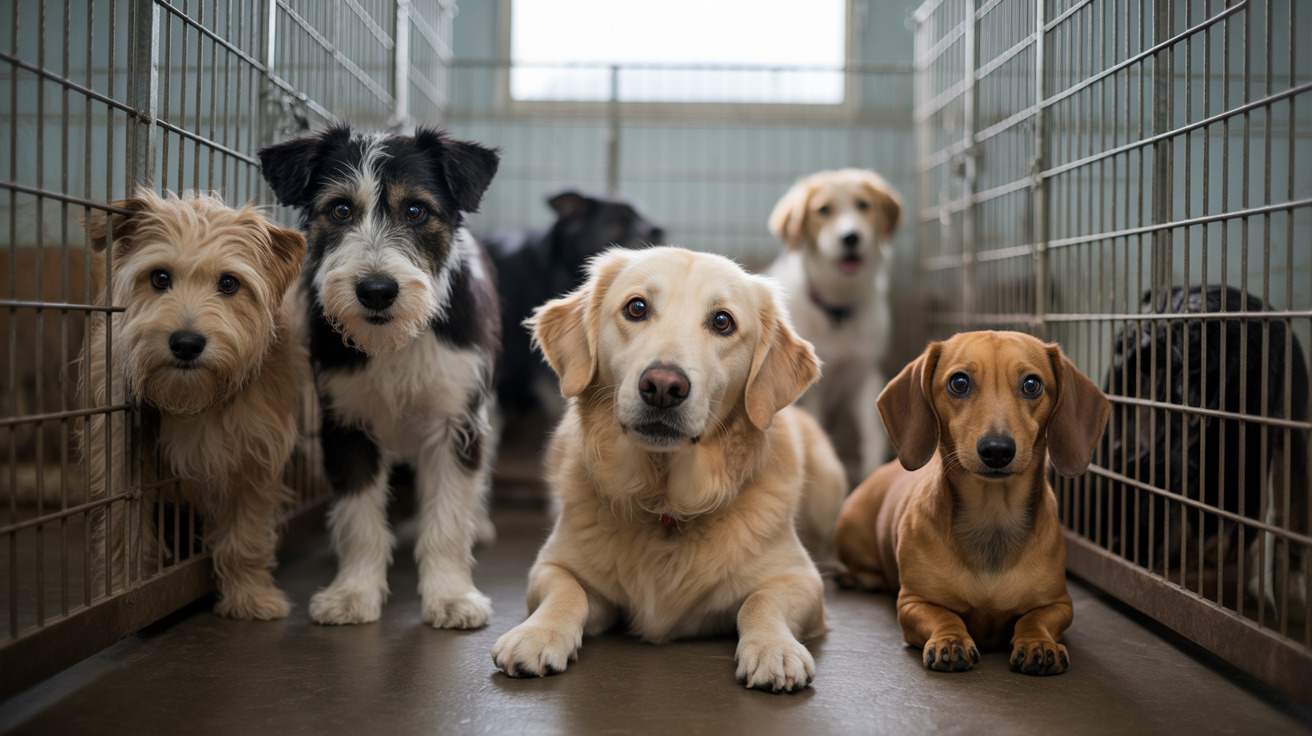Cat Grooming Behavior and Coat Care: Understanding Your Feline's Daily Ritual
If you've ever watched your cat methodically cleaning themselves, you've witnessed one of the most fascinating and essential behaviors in the feline world. Cat grooming behavior and coat care represents far more than simple cleanliness – it's a complex ritual that serves multiple vital functions for your pet's health, comfort, and survival. Understanding why cats dedicate so much time to grooming can help you better care for your feline companion and recognize when their grooming habits might signal underlying health concerns.
Domestic cats are among nature's most meticulous self-groomers, spending approximately 3.5 hours daily – roughly 30% of their waking time – maintaining their appearance and health through grooming. This remarkable dedication to cleanliness isn't merely vanity; it's an intricate system of health maintenance, temperature regulation, and social communication that has evolved over thousands of years. From the specialized structure of their tongues to the complex oils in their fur, every aspect of feline grooming serves multiple purposes that are essential for your cat's wellbeing.
The Physical Mechanisms of Feline Self-Grooming
The foundation of effective cat grooming behavior and coat care lies in the remarkable physical adaptations that make cats such efficient self-cleaners. A cat's tongue is equipped with tiny hooked structures called papillae, which function like a natural brush to remove loose hair, debris, burrs, and parasites from their coat. These barb-like spines are incredibly effective at capturing and removing dirt, dust, dead skin flakes, and other unwanted materials that accumulate in their fur throughout the day.
Cats possess two main types of fur that work together to provide optimal protection and insulation: the soft undercoat and the longer guard hairs. The undercoat provides insulation and warmth, while the guard hairs offer protection from moisture and environmental elements. When cats groom themselves, they're not only cleaning these different fur types but also ensuring they remain properly aligned and functional. The grooming process helps fluff up guard hairs in cold weather for better insulation and ensures proper water runoff capabilities.
The grooming process also stimulates blood circulation throughout the skin and activates sebaceous glands, which produce natural oils that keep the fur soft, waterproof, and provide each cat with their unique individual scent. This natural oil distribution is crucial for maintaining coat health and plays an important role in feline identification and social interactions.
Temperature Regulation Through Grooming
One of the most critical functions of cat grooming behavior and coat care is temperature regulation. Unlike humans, cats have very few sweat glands and must rely on alternative methods to maintain their body temperature. Grooming serves as their primary cooling mechanism through the distribution of saliva across their fur.
When cats lick their fur, the saliva they deposit evaporates, creating a cooling effect similar to sweating in humans. This process is particularly important during hot weather, when cats may increase their grooming frequency to stay cool. The evaporation of saliva helps lower their body temperature effectively, making adequate grooming essential for preventing overheating.
During colder months, grooming serves the opposite purpose by helping cats fluff up their guard hairs to create better insulation. This natural adjustment of their coat structure through grooming allows cats to adapt to temperature changes throughout the seasons. Because of their reliance on saliva evaporation for cooling, cats require access to ample fresh water, especially during hot weather, to maintain proper hydration and support their natural cooling system.
Health Benefits and Vitamin Absorption
The health benefits of regular grooming extend beyond cleanliness and temperature control. When cats groom themselves in sunlight, their skin naturally produces Vitamin D, which they then absorb during the licking process. This natural vitamin production and absorption system helps maintain their overall health and supports proper calcium metabolism.
Grooming also serves as an early detection system for health issues. As cats methodically clean themselves, they can identify unusual lumps, bumps, parasites, or skin irritations that might require attention. The stimulation of blood circulation during grooming promotes healthy skin and coat condition, while the removal of loose hair prevents excessive shedding and reduces the risk of hairball formation.
Regular self-grooming helps prevent the buildup of bacteria and parasites that could lead to skin infections or other health problems. The mechanical action of the tongue removes potential irritants and maintains the natural pH balance of the skin through the distribution of sebaceous oils.
Social and Behavioral Aspects of Grooming
Cat grooming behavior and coat care serves important social functions beyond individual hygiene. Cats engage in allogrooming, or mutual grooming, to establish social bonds and create shared colony scents that identify members of their family group. This behavior occurs both in wild colonies and domestic multi-cat households, helping to strengthen social relationships and reduce conflict.
When cats groom humans, they're demonstrating affection and attempting to include them in their social group. Many cat owners notice that their pets begin grooming themselves after receiving affection from humans, which may serve to either restore their own scent or to prolong the presence of their owner's scent on their fur.
Grooming also functions as a stress-relief mechanism and coping strategy. Cats often engage in displacement grooming when they experience frustration, anxiety, or stress. For example, a cat that sees prey but cannot hunt may begin grooming as a way to diffuse the tension and redirect their energy. This behavior releases mood-boosting hormones that help calm and soothe the cat during stressful situations.
Grooming Challenges and When Cats Need Help
While grooming is an innate behavior, it's also learned from the mother during the early weeks of life. Cats typically begin grooming themselves by four weeks old, developing this essential skill through observation and practice. However, some cats may face challenges with adequate self-grooming due to various factors.
Older cats, overweight cats, and longhaired breeds often require human assistance with grooming. Arthritis or mobility issues can prevent older cats from reaching all areas of their body effectively, while excess weight can limit flexibility and access to certain grooming areas. Longhaired cats may struggle to prevent matting and tangling without regular brushing assistance from their owners.
Cat owners can support their pets' grooming efforts, particularly during hot weather, by gently stroking shorthaired cats with damp hands or a damp cloth to enhance the cooling effect. Regular brushing helps remove loose hair, prevents matting, and distributes natural oils throughout the coat, especially benefiting longhaired breeds that may struggle with self-maintenance.
Recognizing Grooming-Related Health Concerns
Changes in normal grooming patterns can be early indicators of health problems or stress in cats. Excessive grooming may signal medical issues such as flea infestations, allergies, skin infections, or pain from conditions like arthritis. Over-grooming can result in bald patches, skin sores, or secondary infections that require veterinary attention.
Conversely, under-grooming or neglect of normal grooming habits can indicate illness, pain, or distress. Signs of inadequate grooming include a greasy or matted coat, staining around the face or hindquarters, foul odors, increased dandruff, or visible hair loss. These changes warrant professional veterinary evaluation to identify and address underlying causes.
Ear cleanliness requires special attention since cats cannot effectively groom their ears themselves. Pet owners should regularly monitor their cat's ears for signs of parasites like ear mites, infections, or excessive wax buildup. Any unusual odors, discharge, or signs of irritation in the ears should prompt veterinary consultation.
Supporting Your Cat's Natural Grooming Behavior
Understanding cat grooming behavior and coat care allows owners to better support their pet's natural habits while recognizing when intervention may be necessary. Providing a stress-free environment, maintaining proper nutrition for healthy skin and coat condition, and ensuring access to fresh water all contribute to successful grooming behaviors.
Regular observation of your cat's grooming patterns helps establish what's normal for your individual pet, making it easier to identify concerning changes. Some cats are naturally more meticulous groomers than others, so understanding your cat's baseline behavior is essential for recognizing potential problems early.
For owners who experience allergies, it's important to understand that cat allergens come from proteins in their saliva, not the hair itself. Allergen levels can vary based on the cat's hormones and breed, with intact males typically producing the highest levels of allergens. Regular grooming and bathing can help reduce allergen levels in the home environment.
Frequently Asked Questions
-
How much time should my cat spend grooming daily?
Healthy cats typically spend about 3.5 hours daily, or roughly 30% of their waking time, engaged in grooming activities. This extensive time commitment reflects the importance of grooming for their health and wellbeing.
-
Why does my cat groom immediately after I pet them?
Cats often groom themselves after receiving affection from humans either to restore their own scent or to prolong the presence of their owner's scent on their fur. This behavior is normal and indicates bonding and affection.
-
What should I do if my cat suddenly stops grooming or grooms excessively?
Sudden changes in grooming behavior can indicate health problems, stress, or pain. Excessive grooming may signal allergies, parasites, or anxiety, while under-grooming might indicate illness or mobility issues. Consult your veterinarian for proper evaluation and treatment.
-
Can I help my cat stay cool through grooming assistance?
Yes, especially for shorthaired cats during hot weather, you can gently stroke them with damp hands or a damp cloth to support their natural cooling process. Ensure they have access to plenty of fresh water to support saliva production for temperature regulation.
-
Why does my cat groom after eating?
Post-meal grooming is a natural instinct that helps cats remove food scents and particles that could attract predators in the wild. This behavior also serves as a self-soothing ritual and maintains general hygiene around the face and paws.
-
How do I know if my cat's grooming behavior is stress-related?
Stress-related grooming often appears as excessive licking that results in bald patches, skin irritation, or over-grooming of specific areas. It may coincide with environmental changes, social conflicts, or other stressors. Displacement grooming after frustrating situations is also common.
-
When should I seek veterinary help for grooming-related issues?
Contact your veterinarian if you notice persistent changes in grooming habits, skin irritation, bald patches, unusual odors, increased dandruff, hair loss, or any signs of pain during grooming. Early intervention can prevent minor issues from becoming serious health problems.
Conclusion
Cat grooming behavior and coat care represents one of the most sophisticated self-maintenance systems in the animal kingdom, serving multiple essential functions from temperature regulation to social communication. By understanding the complexity and importance of this daily ritual, cat owners can better support their pets' natural behaviors while remaining alert to potential health concerns. The 3.5 hours your cat dedicates to grooming each day reflects millions of years of evolutionary adaptation that continues to serve them well in both wild and domestic environments.
Recognizing the signs of healthy grooming versus problematic changes empowers you to provide the best possible care for your feline companion. Whether it's assisting with cooling during hot weather, providing extra grooming support for older or longhaired cats, or simply appreciating the remarkable efficiency of their self-care routine, understanding grooming behavior strengthens the bond between you and your cat while ensuring their continued health and happiness.






